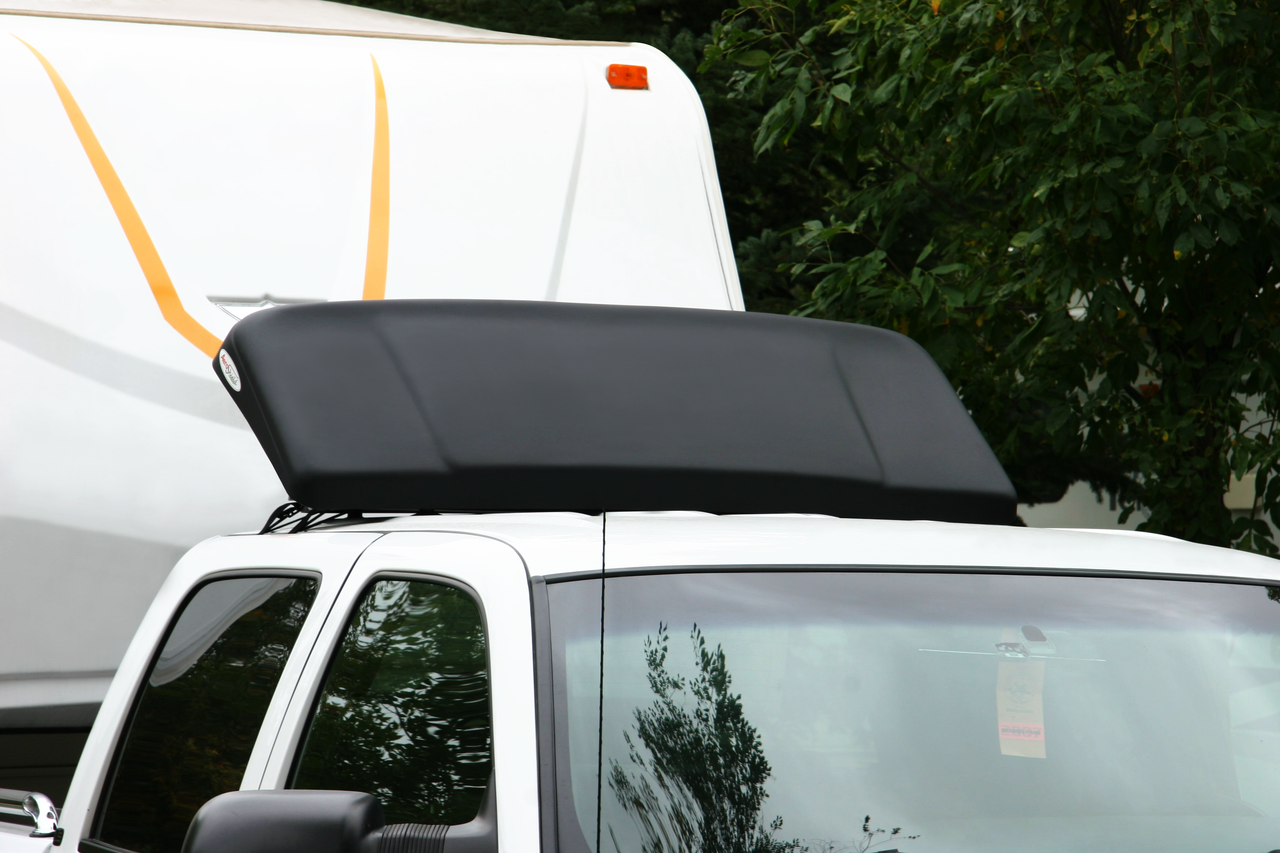
BOX TRUCK WIND DEFLECTOR ZIP
I also bought some 5-inch shelf brackets, screws, bolts, washers, zip ties, and nylock nuts. The material is very strong for the weight and comes in a bunch of different colors, so you don’t have painting to deal with. It isn’t cheap at about $70 for a 4-foot by 8-foot sheet, but I use the stuff for all kinds of things around the house. I bought a sheet of 10-mil fluted polypropylene, which you can buy (or order in) from a business that deals in plastic fabrication or distribution. Clearly, I don’t have the skills or tools that he does, so I had to improvise. My take-away was a metal-air diversion that he fabricated. Stephen mounted his camper on a flatbed truck and did a number of very impressive improvements. My inspiration was a Truck Camper Magazine article on Stephen O’Neal. I had about a 7-inch space between the truck and the cabover section.
BOX TRUCK WIND DEFLECTOR MOD
This mod is all about smoothing the airflow around our camper and perhaps gaining a bit of fuel economy. Submitted by: Tom Fitch, 2002 Toyota Tacoma, 2016 Outfitter Caribou Lite 6.5

In my opinion, the skill level of this mod is hard. It took me three hours to complete and cost $250, which included water jet cutting of the slots and our names. I did not do a before and after mile-per-gallon recording so I can only guess that there might be an improvement.

The air dam has worked very well in reducing noise, reducing trapped air, and eliminating almost all the bugs that accumulate on the frontal area underneath the truck camper’s overhang. The stainless steel air dam cleans up nicely. Large bugs that hit the slotted areas are made into smaller pieces that mostly do not stick to the truck camper. I also had some slots and our names cut into the front of the air dam to reduce pressure variations that would form. Also, under the cab, there are no bugs, but on the front nose, there are tons of bugs! I attached the air dam using the existing screws.Ībove: If you look closely, you can see the slots and their names cut into the air dam. We measured the location of the screw holes in the truck camper where the cap joins the fiberglass sheet underneath the overhang and drilled holes in the now formed air dam. With his help, we cut and bent the stainless steel into the shape that I had drawn. I drew up the plans with dimensions on my computer and carried them to the shop. The facility has equipment for doing anything with the metal.Ībove: Jim’s air dam is located between the truck cab and the camper cabover A close friend of mine works in a manufacturing facility that uses thin gauge stainless steel materials. I had researched other airfoils from the RV.net website and wanted to build one a little sturdier than the plastic gutter material that other truck camper owners have used. This mod could possibly improve aerodynamics by preventing trapped air between the truck camper overhang and the cab of the truck with the hope of providing a small improvement in my rig’s miles per gallon. I also wanted to minimize bug splatter on the under-cab area of the truck camper.

I wanted to move air more efficiently around the cab of the truck and the under-cab area of the truck camper. Submitted by: Jim Bennett, 20, 2011 Lance 1050S With one of these four air dams and deflectors, you can pass that gas station and let ‘er rip.ġ. This breaking wind can be loud or silent, but it’s always deadly to your fuel economy. The space between a truck cab and a camper cabover is notorious for trapping air.


 0 kommentar(er)
0 kommentar(er)
